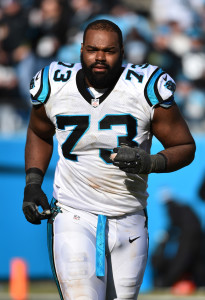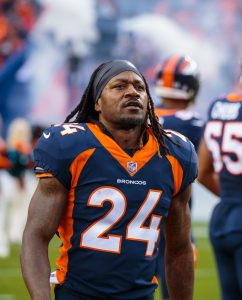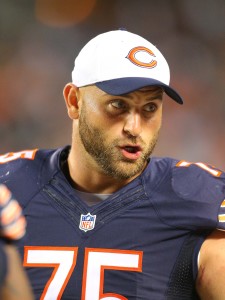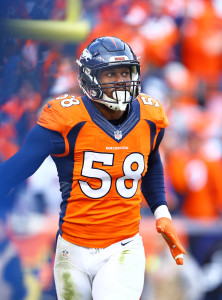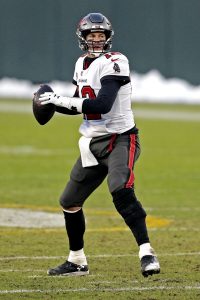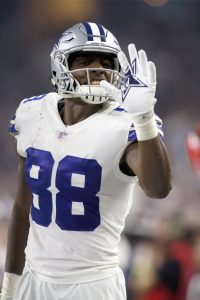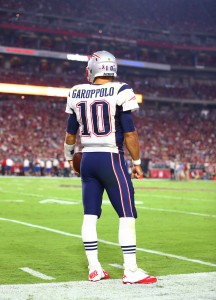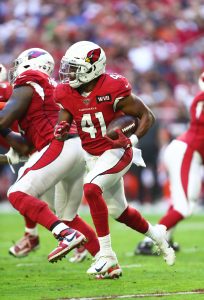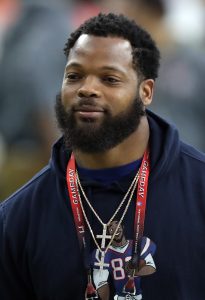Now in his fifth pro season, Marcus Maye stands as the Jets’ longest-tenured player. But, with the NFL’s November 2 trade deadline fast approaching, that could all change in the coming days. 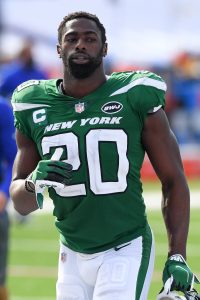
The Jets slapped Maye with the franchise tag earlier this offseason, but the two sides couldn’t come to terms on an extension. Both sides spent the summer saying all the right things. Jets GM Joe Douglas told reporters that be would work towards long-term deal with the young safety. Maye, meanwhile, said he’d focus on football and worry about negotiations later.
“Once [I was tagged], I just put it to the side and got back to the basics of playing football,” he said (via the team website). “Once I get on the grass I never worry about anything else.”
“Winning games is first, that’s what you play the game for. Also taking care of your family and making sure you’re set up for the future. Control the controllables. If you have no control over something, there’s no point in getting all upset. If you’re not here to win games, then what are you doing this for?”
Things have changed since then. For starters, Maye suffered an ankle injury in September that still has him on the sidelines. Then, in early October, we learned that the 28-year-old has been charged with a DUI and a pair of misdemeanors. The incident occurred in February; the Jets were not aware of the incident until it went public.
Maye’s agent recently tweeted that his client will be ready to play by the trade deadline, a clear attempt to drum up interest. His DUI and failure to notify the Jets may be a red flag for clubs, however. Ditto for his salary — any club acquiring him would have to pay him the prorated portion of his $10.6MM salary. And, of course, he’d only be a rental.
Still, Maye offers upside. The former second-rounder has started in each of his 57 games in the NFL, including 32-straight starts between 2019 and 2020. Last year, he finished with a career-high 88 stops to go along with two sacks, two interceptions, and two forced fumbles. Those credentials could appeal to contenders like the Buccaneers and Rams, as ESPN.com’s Jeremy Fowler suggested this week. Old pal Todd Bowles knows Maye’s capabilities first-hand and could use some support with Sean Murphy-Bunting and Antoine Winfield Jr. sidelined. The Rams, meanwhile, would love the extra firepower as they chase the Cardinals. Besides, it’d be an opportunity to reunite Maye with Jalen Ramsey, bolstering a secondary that has allowed 271 passing yards per contest.
There are plenty of possibilities for the Jets and Maye. Right now, there’s only one that seems unlikely – a second franchise tag in the spring for approximately $12MM.
